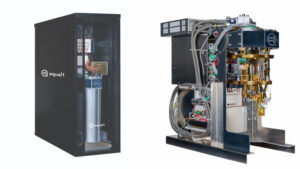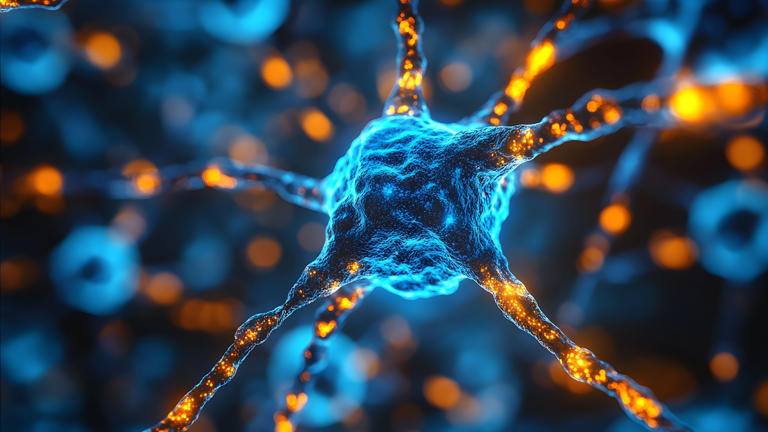A startup has launched the first quantum device in the world that blends the potential of quantum computing with the convenience and integration of traditional high-performance computing (HPC).

Equal1 representatives unveiled Bell-1 on March 16 — a new six-qubit machine that can fit seamlessly into existing HPC environments like data centers, company representatives said in a statement.
The machine tips the scale at slightly more than 440 pounds (200 kilograms) but it’s rack-mountable — meaning it can be mounted onto a physical rack in a data center — and it’s roughly the same size as existing graphics processing unit (GPU) servers.
World’s first silicon-based quantum computer is small enough to plug into a regular power socket
Unlike other quantum computers, the Bell-1 doesn’t require specialized infrastructure to deploy, and it doesn’t need additional equipment to be cooled to near-absolute zero.
That’s because it boasts its own self-contained, closed-cycle cryo cooling unit, which enables the system to operate at a remarkable 0.3 kelvin, or minus 459.13 degrees Fahrenheit (minus 272.85 degrees Celsius).
The machine makes use of the latest semiconductor fabrication techniques as well as purified silicon, which allows for a high level of control and long coherence times (a qubit’s ability to exist in multiple states simultaneously, which is crucial for quantum algorithms and computations).
Rack-mountable quantum computing
The Bell-1’s qubits are silicon-based, meaning they’re smaller than conventional qubits, and the chip at the heart of the machine incorporates quantum processor units (QPUs) with Arm CPUs — traditional processors known for their small size and efficiency — and neural processing units (NPUs) — specialized processors for accelerating machine learning and artificial intelligence (AI).





